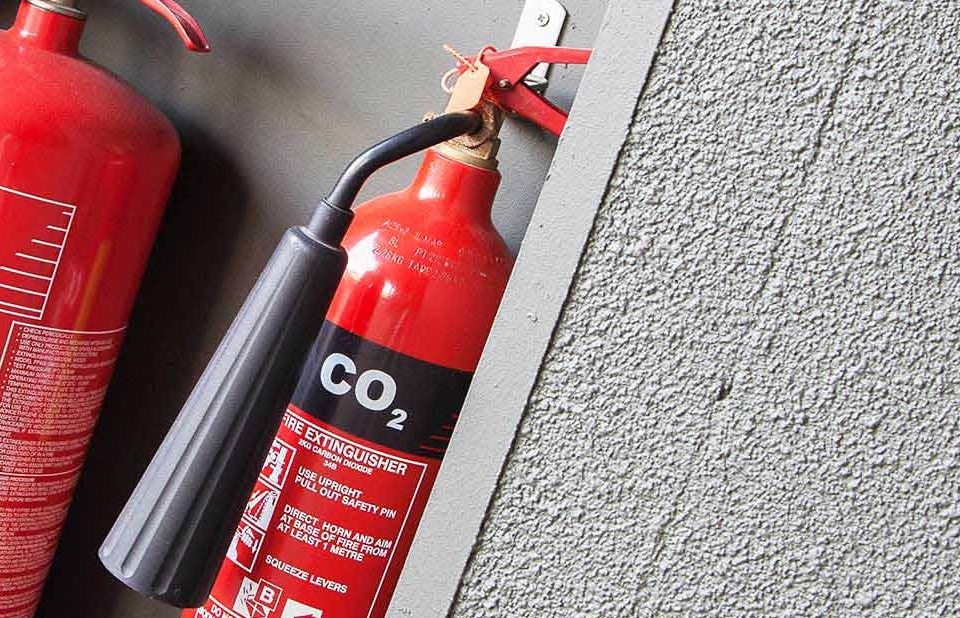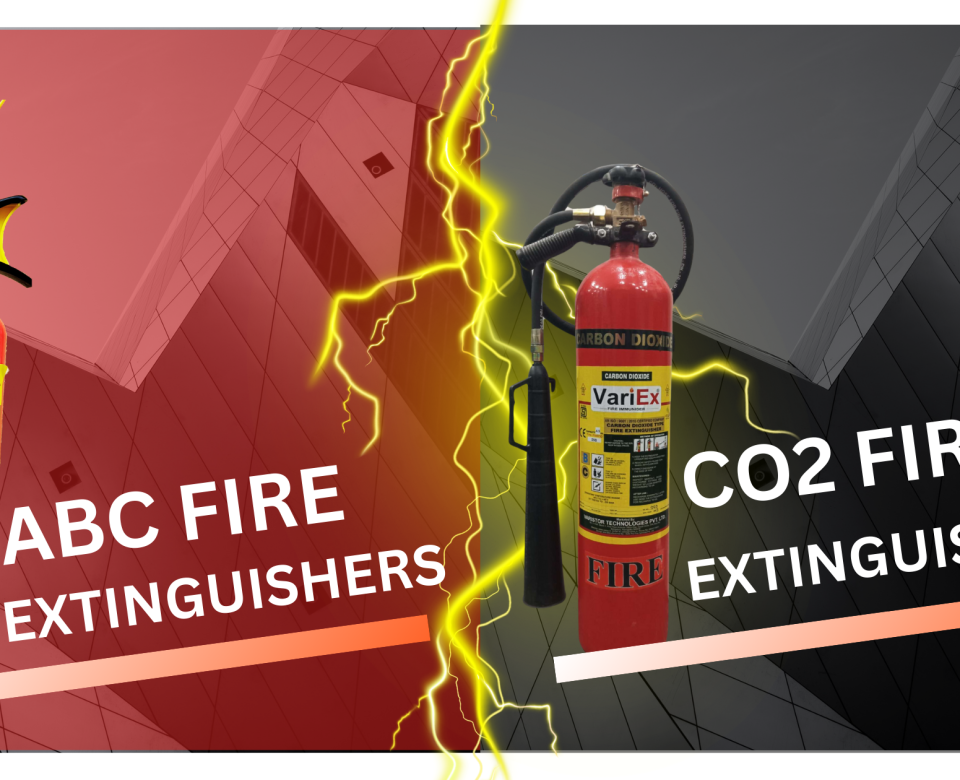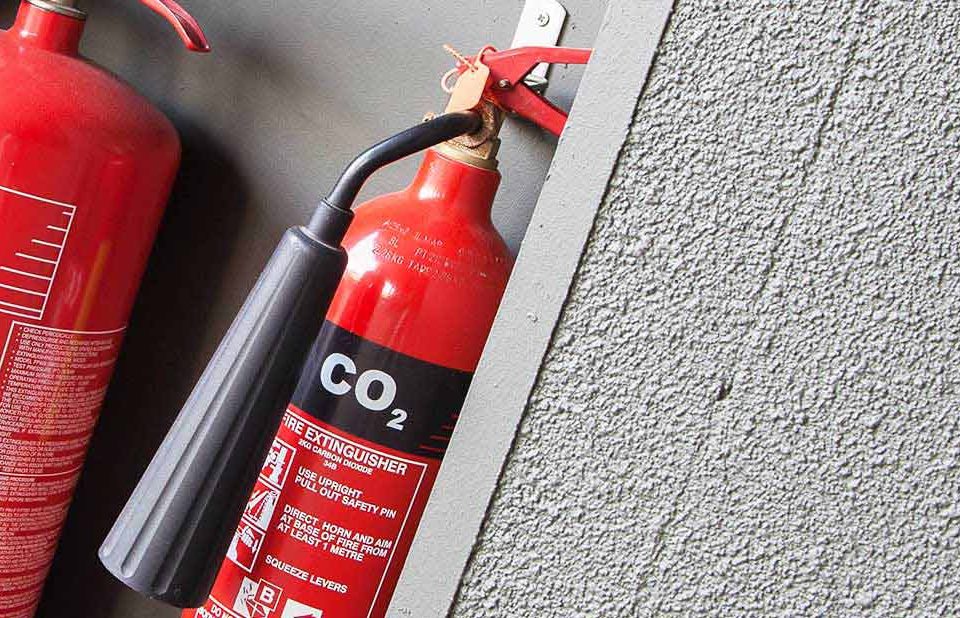
Fire Extinguisher and Its Role in Comprehensive Fire Protection Plans
September 29, 2025
What Is The Best Type Of Fire Extinguisher For Home Kitchens
October 9, 2025Fire extinguisher are essential for safety, but owning one is not enough. Ensuring they work when needed requires proper maintenance, including timely recharging. Recharging a fire extinguisher means refilling it with the extinguishing agent and repressurizing it after use or during scheduled maintenance.
Understanding Fire Extinguisher Recharging
Recharging is required after any use, even if the extinguisher was only partially discharged. It is also essential when the pressure gauge indicates low pressure or during routine maintenance inspections, typically every 6 years as recommended by NFPA or OSHA. Recharging involves depressurizing, inspecting, cleaning, refilling with the correct agent, repressurizing, and testing for leaks.
Fire Extinguisher Types and Their Recharging Needs
Different types of fire extinguishers require specific recharging methods:
- Dry Chemical Extinguishers: Refilled with dry powder agents.
- CO2 Fire Extinguishers: Recharged with carbon dioxide gas, effective for electrical and flammable liquid fires.
- Wet Chemical Extinguishers: Use special liquid agents for kitchen or grease fires.
- Water-Based Extinguishers: Filled with water or foam solution.
Each type uses a specific gas or agent; for example, CO2 extinguishers use carbon dioxide gas, which displaces oxygen to extinguish fire. The choice of gas or agent affects recharging techniques.
Fire Extinguisher Recharging Techniques
The recharging process generally includes:
- Safety inspection of the extinguisher to check for damage or corrosion.
- Depressurizing and emptying the cylinder completely.
- Disassembling and cleaning valves, nozzles, and internal parts.
- Refilling with the correct extinguishing agent (e.g., dry powder, CO2 gas, wet chemical liquid).
- Re-pressurizing to the recommended pressure level as indicated on the gauge.
- Performing leak and pressure tests to ensure no faults.
- Reassembling and sealing the extinguisher with a tamper-proof seal.
- Updating the service tag with date and technician details.
Special equipment such as pressure pumps, weighing scales, and leak testers are used by trained professionals to ensure safety.
Best Practices for Fire Extinguisher Recharging
- Always use certified agents matching the extinguisher type.
- Follow NFPA, OSHA, and local fire code regulations.
- Hire licensed professionals for recharging and maintenance.
- Maintain detailed records of all service activities.
- Train staff to perform monthly visual inspections, including checking the pressure gauge.
- Replace damaged or expired extinguishers instead of recharging.
Common Mistakes to Avoid
- Avoid DIY refilling; improper handling can be dangerous.
- Never use the wrong extinguishing agent or over-pressurize the extinguisher.
- Do not skip leak or pressure testing after recharge.
- Ignore warranty and manufacturer guidelines at your peril.
Frequency of Recharging & Maintenance
Fire extinguishers should be visually inspected monthly and professionally serviced annually. Recharging is typically required after any discharge or every six years during maintenance, with hydrostatic testing every 12 years for cylinder integrity. Regular checks ensure extinguishers function properly when needed.
Benefits of Proper Recharging
Proper recharging ensures that:
- Extinguishers are operational during emergencies.
- The lifespan of extinguishers is extended, saving replacement costs.
- Safety compliance with workplace laws is maintained.
- Fire risks are mitigated effectively.
Fire Safety Products and Pricing in Pakistan
In addition to traditional fire extinguisher cylinders, innovative options like fire extinguisher balls and fire blankets add layers of protection. Fire extinguisher price varies widely; for example, CO2 fire extinguishers cost approximately PKR 6,800 – 9,000 depending on size and capacity.
Other safety gear such as fire buckets provide basic firefighting support. Car fire extinguishers are compact and suitable for vehicle safety, often containing dry chemical or CO2 agents.
Conclusion
Recharging your fire extinguisher is a vital part of fire safety that should never be overlooked. Proper maintenance ensures the extinguisher will perform when you need it most and helps avoid costly replacements or operational failures.
Ensure your fire extinguishers, including fire extinguisher balls, cylinders, and other equipment, are professionally serviced and recharged regularly. Contact Haseen Habib today to schedule an expert inspection and recharge service to keep your home or workplace safe.




